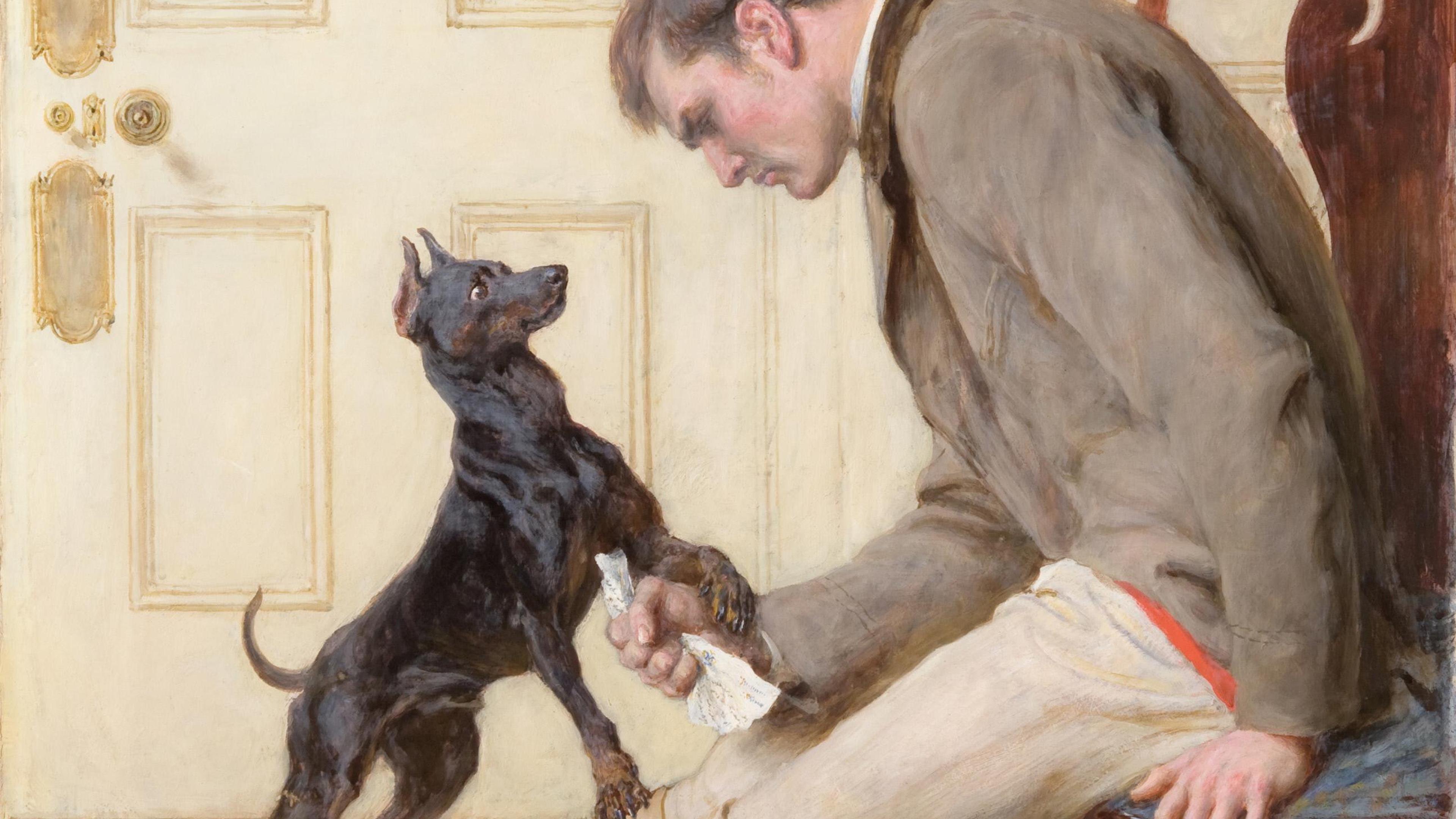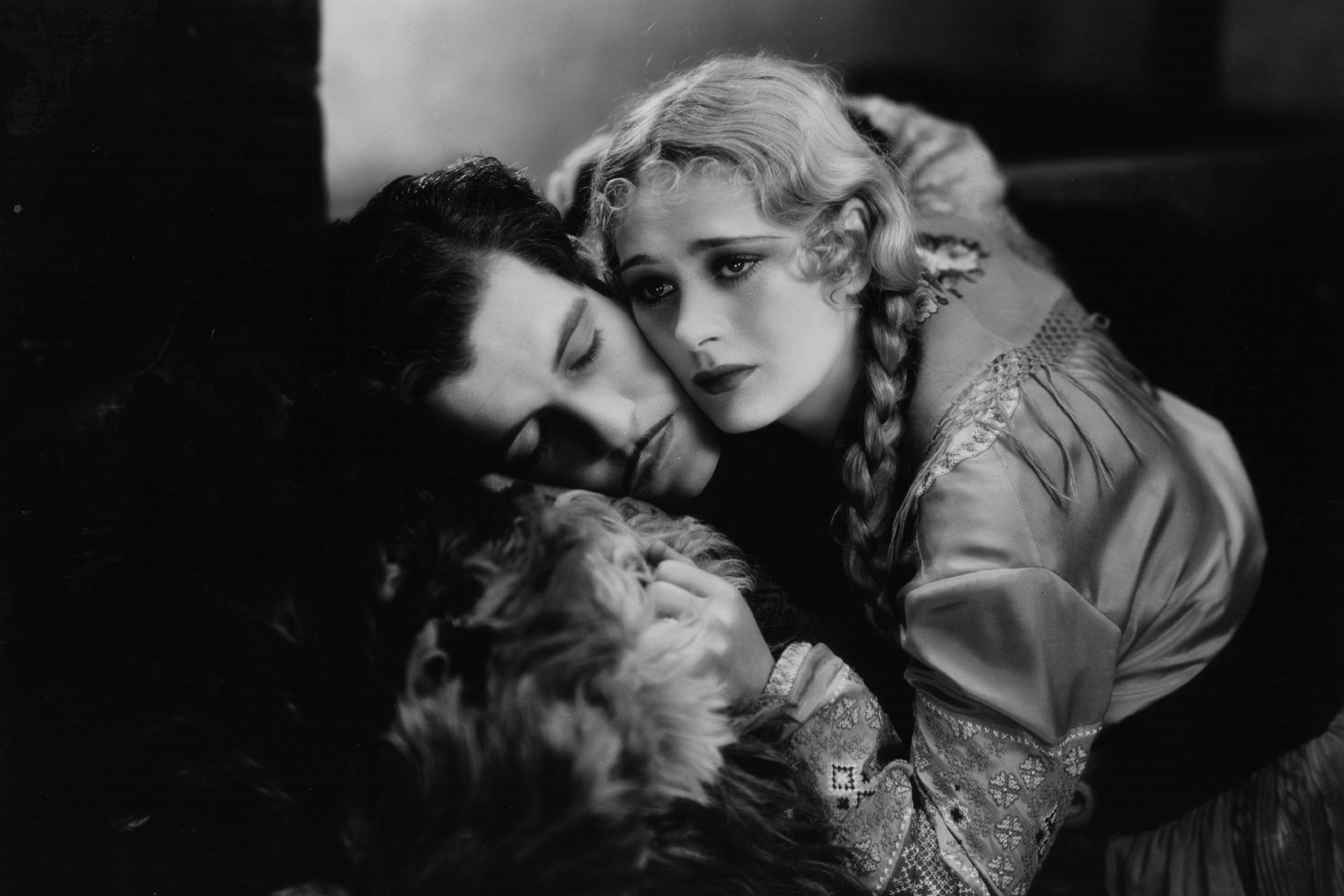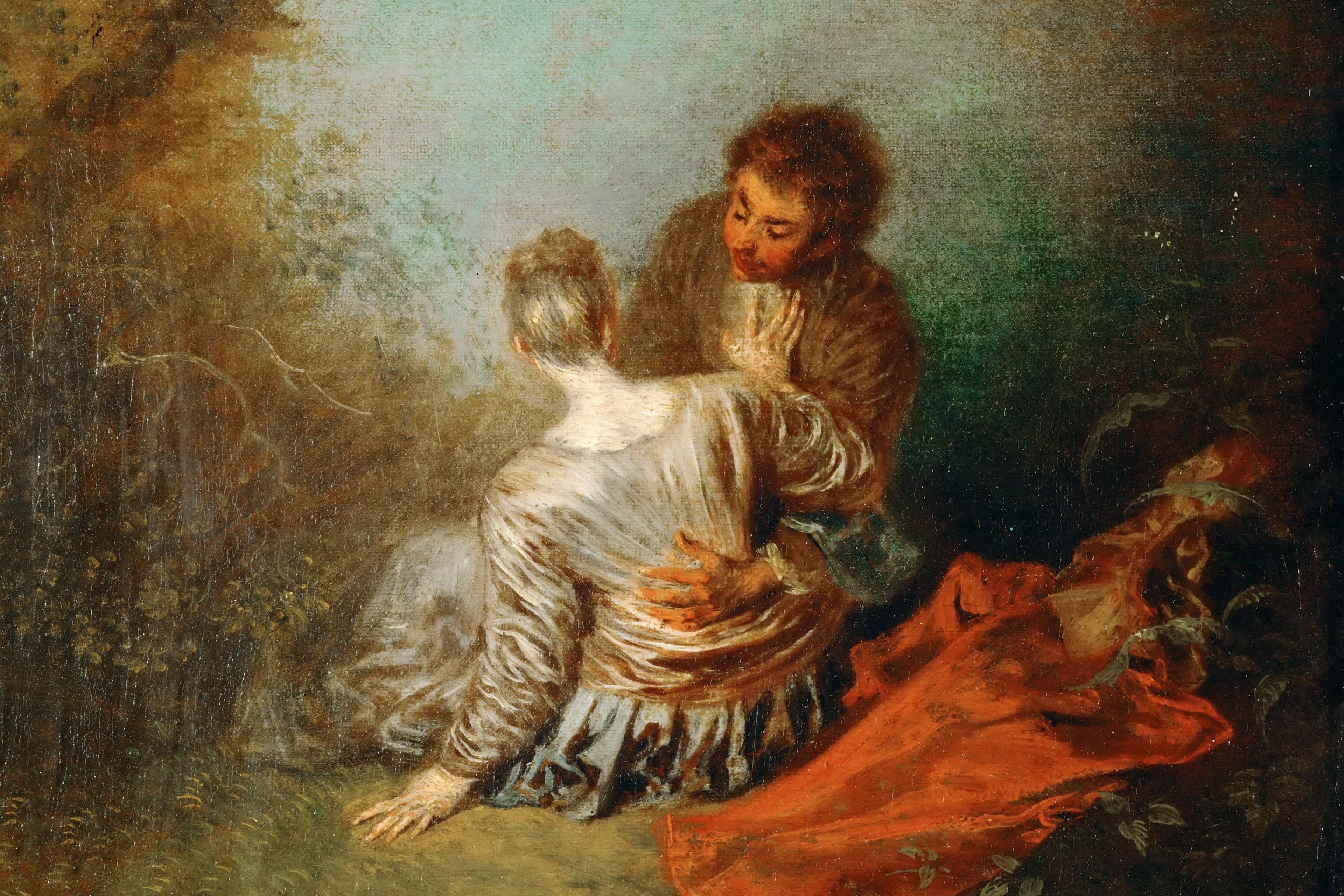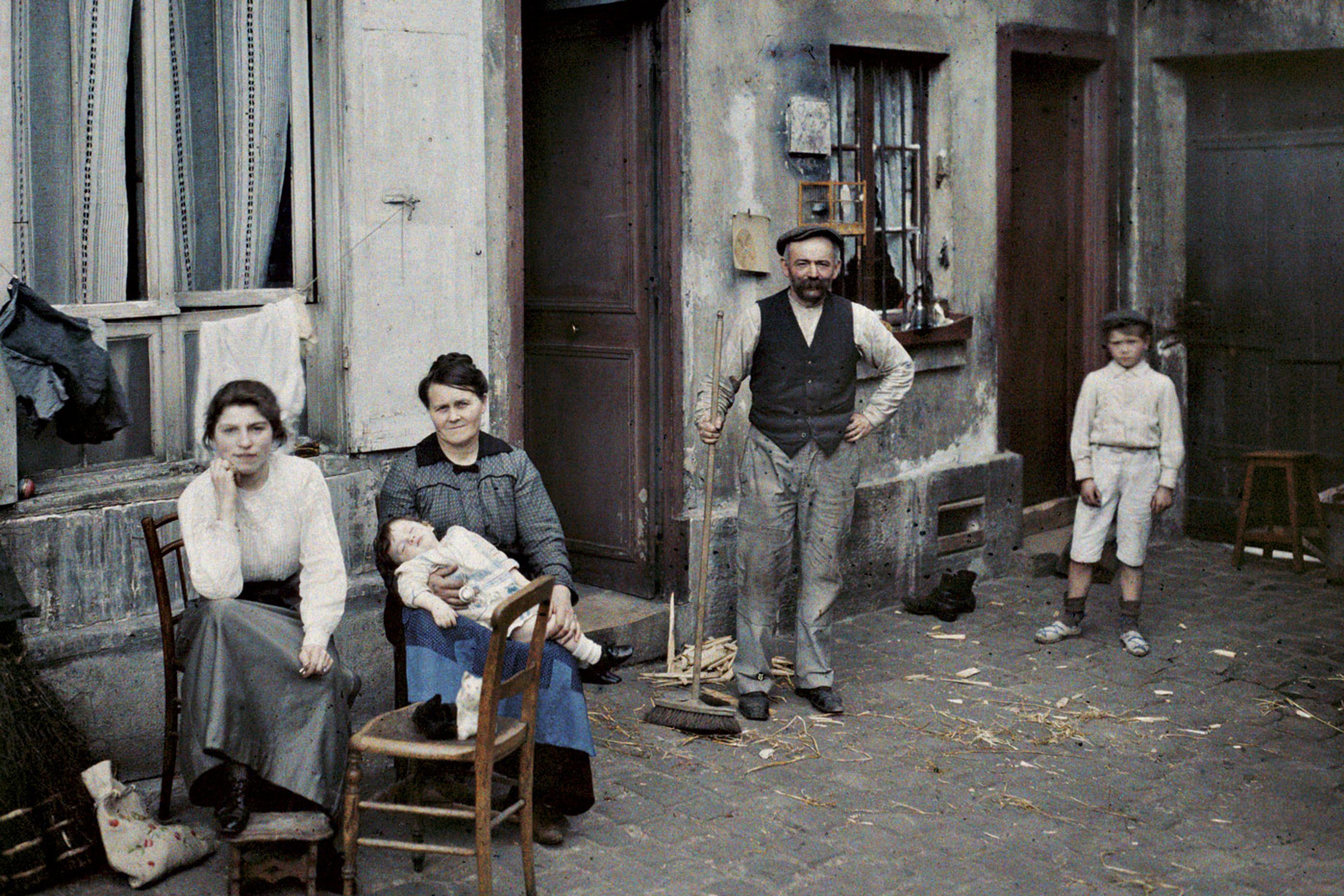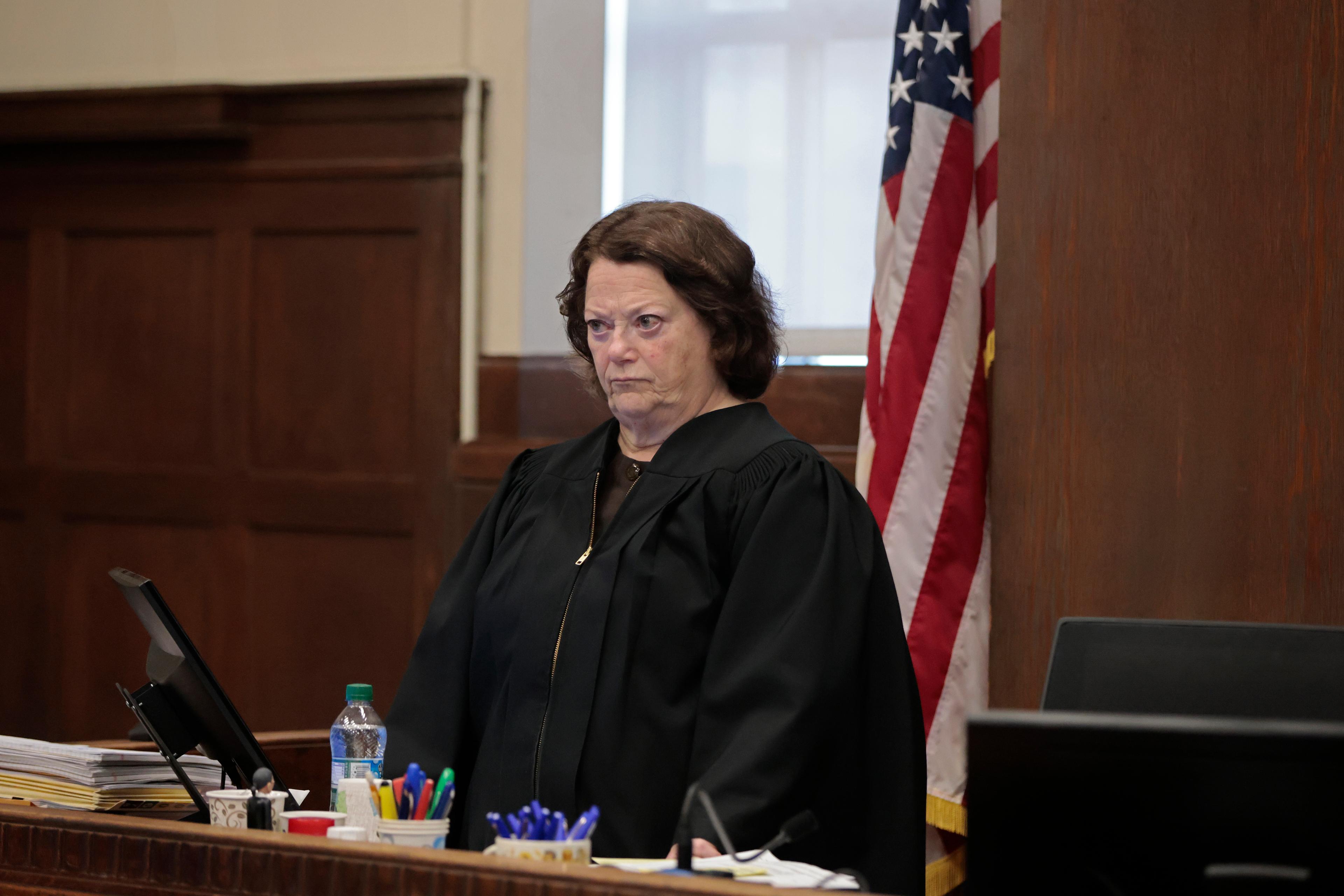In the 19th and early 20th century, under English and Unites States law, jilted lovers could sue former partners for breaking their hearts. ‘Heartbalm torts’, which continue to be on the rulebooks of some US states to this day, were a category of legal actions that could be brought against romantic misconduct. The underlying idea was that wrongful romantic or sexual behaviour could cause harm that should be compensated by its causer. The sufferer of such harm, in turn, was entitled to receive damages, or solatium, from the inflictor. Most popular among the heartbalm torts were actions for broken engagements, adultery, and seduction.
A ‘breach of promise to marry’ suit could be brought against a former partner for dishonouring an engagement to marry. Usually brought by women abandoned by their male fiancés, it was understood that broken engagements would result in women losing chances at stability, marriage and potential financial security. At a time when women had limited opportunities for financial independence outside of marriage, monetary recoveries offered by the tort were of economic significance. ‘Criminal conversation and alienation of affection’ torts offered solatium to those aggrieved by adultery. They could be brought against third parties who’d either had sexual intercourse with a romantic partner, or otherwise interfered in one’s relationship: ie, they could be brought against third parties to a relationship. Seduction suits were more general. They could be brought against anyone who had engaged in wrongful, misleading or deceptive sexual or romantic behaviour. This included, but was not limited to, non-consensual sex. Other types of consensual but wrongful sexual behaviour were also covered by seduction torts.
Today, bringing a heartbalm tort is prohibited in most parts of the world. New York banned it in 1935, and most US states have made the heartbalm tort illegal for a variety of reasons. Chief among these is that heartbalm torts are outdated and misogynistic. ‘Criminal conversation’ and ‘alienation of affection’ torts are criticised for being premised on patriarchal ideas of husbands’ exclusive sexual rights over wives. ‘Breach of promise to marry’ suits are considered irrelevant as marriage is no longer the only financial life plan available to women. And seduction torts are thought to deny women’s sexual agency when engaging in consensual partnerships. Moreover, men’s rights activists had, perhaps wrongly, persuaded legislators to believe that it is only gold diggers and indecent women who would sue for a broken heart.
Critics of heartbalm torts rightfully note that patriarchal themes underlie such actions. This was especially true in the early 19th century and the Gilded Age, when old-fashioned social mores governed the romantic lives of women. While the move away from misogynistic portrayals of marital rights and adultery is very welcome, the discontinuation of criminal conversation actions does not address some delicate conceptual questions of harm and remedy presented by stories leading to heartbalm.
He didn’t seem to care if his wife had, in fact, slept with someone else. He was seeking succour for a broken heart
In 1875, Theodore Tilton, a newspaperman from Brooklyn, sued his former friend, the Reverend Henry Ward Beecher, for conversing criminally with his wife, the suffragist Elizabeth Richards Tilton. Like most adultery laws, the tort of criminal conversation is founded on a number of controversial ideas, which are often, but not always, misogynistic. When men suffered from adultery, they were thought do so because their legitimate proprietary rights over their wives had been encroached upon. The ‘cuckolded’ man was seen as ‘robbed’ of his exclusive control over his wife’s sexuality by another man, and the woman’s own autonomy was entirely disregarded. However, this wasn’t the harm that Tilton complained of. His lawyers argued that the specific harm suffered by him was the ‘alienation of feeling’ of his wife towards him and for the loss of her comfort, affection, company and assistance. His happy home had been destroyed and he was now left with a ‘cheerless fireside’ and ‘terrible anxiety and terrible agony’. He didn’t present himself as a cuckolded man deprived of exclusive sexual access to his wife. Really, he didn’t seem to particularly care about whether his wife had, in fact, slept with someone else. Instead, he was a hurt and abandoned man, seeking succour for a broken heart. What he had suffered could today be called emotional and psychological harm, betrayal trauma, as well as damage to the affect of his home and hearth. It is this harm that he wanted accounted for.
Historically, financial and status-based claims were often blended with the emotional in heartbalm suits. The father of an unmarried woman could, for instance, claim against a man who seduced her, for the loss of his daughter’s services during pregnancy as well as her reputational ruin. Later, women could sue seducers in their own name for loss of their good name and marital potential arising as a consequence of deceptive intercourse. This resonates with the criticisms of misogyny discussed earlier. My deep dive into historical seduction trial transcripts, however, reveals a softer infra-narrative of judicial processes accounting for hurt feelings.
When Reverend Issachar Grosscup was tried in 1848 for seducing the then-minor Roxana L Wheeler, the suit was formally instituted by her father. However, Roxana, her experiences and her plight are centre-stage through the trial. Her testimony led the petition, and although comments about virtue and shame were made, she was spoken of empathetically as a ‘poor girl’ who was ‘heartbroken’. Similarly, in the 1842 trial of Reverend W Van Zandt for seducing Sophia Murdock, her lawyers clarify that the suit was brought only nominally in the name of her father. Sophia’s own testimony carries the trial, with the jury treating her as an ‘unhappy girl’ with whose misfortunes they sympathised. This, by no means, saved Sophia’s character from being probed as she testified. Putting victims’ reputations on trial was certainly a thing of the day. When Jacob Hummel and his wife sued A J Deschamps and J Chadwick for seducing and impregnating their 13-year-old daughter Harriet, lawyers in the case cast significant allegations about her character. Even though the prosecution insisted that Harriet was to be ‘regard[ed] as a child’, so compelling were the defendant’s aspersions, that the jury returned a hung verdict.
The success of seduction suits depended largely on the woman’s chastity and reputation, as well as her proven unwillingness to have had sex with the defendant. When both parties had been willing romantic partners, betrayed lovers were likelier to have greater success with the ‘breach of promise’ suit. The jilted party, or those aggrieved by one-sided termination, discontinuation or stagnation of relationships could prove to a jury that they had been affianced to partners who were now refusing to marry them. When done right, the success of ‘breach of promise’ trials did not hinge on the perceived virtue of the women involved. It remained a popular action through the 19th century, and was the subject of several plays and novels, including The Pickwick Papers (1837) by Charles Dickens.
Compensating a man for losing his wife’s love and affection has echoes of ‘incel culture’
Perhaps the most famous defendant of a breach of promise suit was Colonel William Breckinridge, a seasoned politician and Democratic congressman from Kentucky. Breckinridge was sued by Madeline Pollard, his young partner of nine years, when instead of making good on his engagement with her, he married someone else. In the course of the trial in 1894, Pollard was shown to have had romantic links with other men besides Breckinridge. But this was not to matter, because Breckinridge, once having promised to marry her, was bound to go through with it. The Breckinridge-Pollard trial proceedings did not go into details about the kind of harm Pollard had incurred. Neither were observations made about her emotional losses. While she was clearly a hurt woman, who had recently planned a murder-suicide to cope with her heartbreak, neither lawyers nor witnesses went into the nature of her grief.
In contrast, when the painter George G Barnard had sued his former fiancée Mary H Gaul (along with her then-husband John J Gaul) for breach of promise in 1835, his lawyers’ pleadings mainly comprised stories of his heartbreak. Both suits were successful.
Tort law exists to compensate those who have been harmed wrongly. And today we know that harm needn’t be only physical or monetary. Even detached courts of law are known to take emotional damage and trauma seriously in many circumstances. But compensating a man for losing his wife’s love and affection has echoes of ‘incel culture’. In addition to the misogyny in such law, it seems intrusive that courts and judges involve themselves in the private sphere of romance.
What then, if anything, should be done about the harms and trauma that arise out of heartbreak? Does it matter that the trauma of heartbreak affects women and young, vulnerable people disproportionately? What do we do with emerging knowledge that the trauma of betrayal and heartbreak sometimes takes on the form of PTSD? Before criminal conversation torts were banned in New York in 1935, a woman wrote anonymously to the state’s governor admitting that, without them, she would ‘not [have been] able to protect [herself] with the threat of publicity and a suit [and her] home would have been broken’. She loved her husband, but from the ‘angle of the woman in the home’, the abolition of such actions would leave women defenceless against their husbands’ correctible mistakes.
Despite their many flaws, the transcripts of 19th-century heartbalm trials show us that heartbreak is emotionally and psychologically damaging, and courtroom battles are likely not the best way to heal such harm. But conversations on mitigating such damage appear conspicuously missing from current public discourse.
